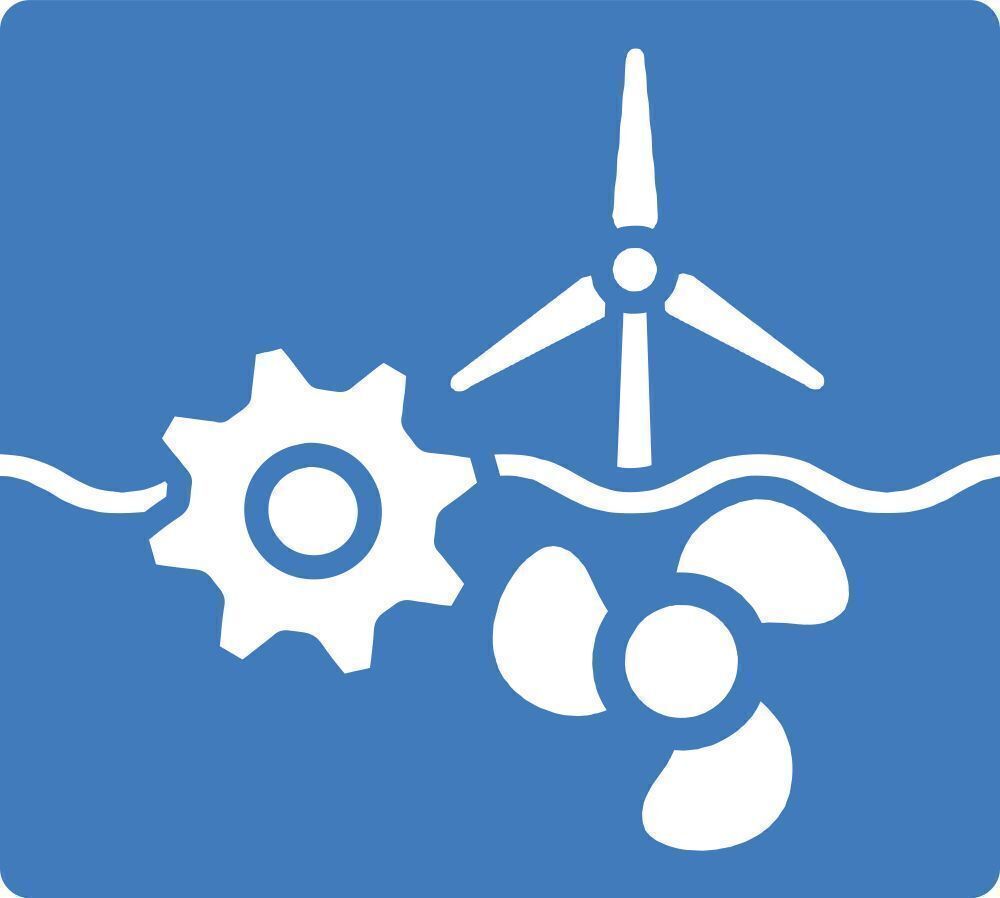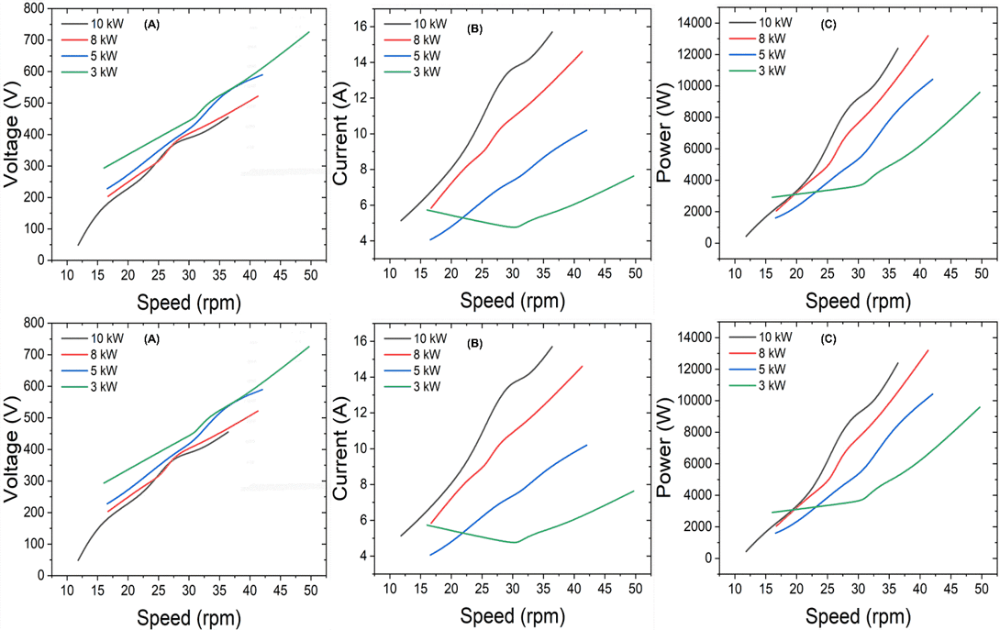
.Technology of shipbuilding and ship repair
.Marine industry; blue economy
.Investigation of saltwater intrusion and hydraulic model test
.Research and technology promotion for marine renewable energy
.Disaster prevention technology
Deep sea water (DSW) is defined by industry as seawater 200 meters below sea level, with the characteristics of low temperature. The water is clean and rich in nutritional salts and minerals, and is used in various fields such as Ocean Thermal Energy Conversion(OTEC), water-cooled air conditioning, low temperature agriculture, functional beverage, aquaculture, food, cosmetics, health food and wine, etc. It is an important water resource industry in Taiwan.
Characteristics of deep seawater: DSW is the most precious pure water source in the 21st century because it is not easily threatened by the pollution of human surface environment and receives abundant minerals from the earth in the deep sea environment where sunlight is lacking, temperature is low and pressure is high.
Application of deep seawater: DSW can be widely applied in various fields such as OTEC, water-cooled air conditioning, low temperature agriculture, functional beverage, aquaculture, food, cosmetics, health food and wine. Advantages of developing deep seawater industry in Taiwan: the waters off the eastern coast of Taiwan have the advantage of short water extraction paths, and compared to Japan and Korea, the temperature difference between the upper and lower water layers in Taiwan waters is large, which has more potential for the development of OTEC.
In order to successfully undertake the research and development of deep seawater technology commissioned by the Ministry of Economic Affairs in 2023, the NAMR completed a series of work related to deep seawater last year (2021). The results of this project are the inventory of the resources and patented technology of the Eastern Taiwan Deep Sea Water Innovation and Research Center (ETDIC) and the integration of the geological and geological data of the known sea area in the GIS platform over the years. Other initiatives include experimentation on the growth rate of algae (Eucheuma serra, Tetraselmis chui) in surface seawater and deep seawater, establishment of multi-stage concentration extraction technology, water quality analysis and organic substance efficacy experiments at each stage, establishment of a deep seawater real-time water quality monitoring laboratory and a trace element analysis laboratory. The water quality and bacteriological flora of Taitung and Hualien were also analyzed, professional training courses for lab technicians were organized, international seminars and scientific research symposiums on deep seawater were held and statistical reports on the output value of the domestic deep seawater industry were analyzed.
The NAMR has been implementing the Marine Current Energy Key Technology Promotion and Development Program since 2020, built on the culmination of past development results. In 2021, the NAMR successfully completed the construction of a 20kW floating power generation unit and developed a buoyancy engine that can float and sink on its own, which helps to improve the typhoon avoidance efficiency of the power generation unit. This time, we will present the results of the 20kW marine current power generation live test through a towing vessel.
In order to develop marine current power generation technology, to promote the development of independent marine renewable energy and to promote the development of Taiwan's marine current power industry, key technologies such as the design and analysis of floating kuroshio current power turbine systems have been developed. From the second phase of the National Energy Program of the Ministry of Science and Technology (MOST) to the combined efforts of the OAC and the NAMR between 2019-2020. The NAMR, together with National Taiwan University and National Taiwan Ocean University, successfully completed the design, construction, modification and sea-testing of the 20 kW floating current generator set (Fig. 1) and introduced the floating and sinking control mechanism (buoyancy engine, Fig. 2) into the wing-shaped floating body to develop a fully functional floating marine current turbine. In October 2021, the FKT was tested in a live towing test off Kaohsiung to examine the performance of the FKT in the water and to verify the buoyancy engine designed for the floating and sinking control mechanism (Fig. 3A shows the live towing test condition of the turbine, while Fig. 3B shows the operation of the FKT photographed on water). The relevant measurement results are plotted as the relationship between voltage and speed at different loads (Fig. 4A), current and speed at different loads (Fig. 4B) and the power generation calculated from the first two items (Fig. 4B).
In addition to the development of the current generating unit, the long-term hydrographic observation of the Green Island Current Test Area was conducted in two seasons, from 2020/11/19 to 2021/4/8 (Fig. 5) for 140 days in winter and from 2021/4/8 to 2021/9/15 (Fig. 6) for 159 days in summer. In winter, the Kuroshio current is smaller and more unstable in terms of speed and direction and there is even a backflow to the south. In summer, the current velocity and direction of the Kuroshio are more stable, unlike the drastic results in winter. In 2022, we will continue the previous results of the floating marine current power generation unit anchor test, in order to promote the development of marine energy in Taiwan.
.png)
The process of placing the marine current generating unit into the sea/ Hauling into the water/ Submerged state/Hauling out of the water
.png)
Offshore test and underwater operation of the marine current generating unit

Offshore test results of current generating units